Their crudeness however, now renders such devices more suitable for cargo hauling. Even the side-car, which used to be widespread in other countries even for passenger carrying before the emergence of the so-called "people's cars", is now mostly used for other purposes. Sure being exposed to weather and elements might not be a desirable feature for the overwhelming majority of car buyers, not to mention the stigmas that surround side-cars not only due to the perception of a motorcycle as somewhat "inferior" but also their usage by the Nazis during World War II.
Even though small cars are widespread on a worldwide basis, with low-cost models such as the Renault Kwid specially developed catering to budget-constrained markets such as Brazil and India, the higher safety requirements and stricter emission rules end up impacting their retail price more than what it does for motorcycles. Sure it's like comparing apples and oranges, but the proposals for an affordable "people's car" that may be rendered either uneffective to address all (or at least most of) the needs of what might be the only motor vehicle available for an entire household. So, the enhanced possibilities of covering much of those needs with a side-car, which may also lend itself to a higher degree of customization in order to serve better to different operators's requirements.
Less stringent emission rules have even allowed entry-level models such as the HaoJue DK 150 and Chopper Road 150 to keep some quite outdated approaches to the mechanic such as retaining the carburettor. Even though EFI has proven its value as a fuel-saving feature, the ease of servicing without overly-sophisticated tools still keeps the carburettor somewhat desirable for some buyers. It may be set to be ultimately phased out on most markets in a few years, but is far from being the only cheaper-yet-effective feature on motorcycle engine tech. Since many of the entry-level ones retain the single-cylinder layout, even air-cooling might be sufficient for most uses, despite the fact it doesn't provide some greater precision on thermal management that could be achieved with liquid-cooling.
Tricycles are also an option to consider, even though their legal status might be subjected to different views on how a motorcycle or similar would be classified. Models fitted with a handlebar and all-open cockpit such as the Can-Am Spyder are clearly more relatable to a motorcycle, while some random Chinese cargo tricycle with more car-like controls might comply to all the same standards applied to a 4-wheeled vehicle of comparable capabilities. Some importers of those Chinese tricycles even have them classified as agricultural machinery in order to circumvent some of those regulations, with the corresponding restrictions applicable to their traffic on public roadways preventing some broader acceptance among the general public.
It's also worth to mention tricycles might provide different degrees of weather protection to operators, and versions meant for either cargo or passenger service are available too. However, the most basic utilitarian ones might not provide the best performance to cover all the needs for private users who could require some more spirited performance and higher range to deal with occasional highway stretches. Despite some modern motorcycle engines being suitable even to a regular compact car, some tricycles such as the ones made by Bajaj in India resort to ancient engine designs with narrower RPM bands which render their power and torque figures less effective under certain circumstances when either a higher-displacement engine or a more rev-happy one could address them more effectively.
Even though some issues that may compromise the chances for a motorcycle or tricycle to become an effective alternative to so many ill-fated "people's car" projects, they may still cover reasonably the needs of many commercial operators. Even for passenger-carrying such as taxi and more recently the apps such as Uber, the easier maneuvering on tighter spaces could turn into a valuable asset, but some regulations concerning the size of vehicles to be allowed as taxi in different cities might lead such option to be not so likely to get widespread so quickly. Arguments such as decreases to emissions and fewer traffic congestions could be presented in favor of tricycles, but in the end might be neglected by regulators and received with fierce criticism from taxi drivers. Well, most of the time even one of those Bajaj tricycles could get the job done as effectively as a conventional taxi from my hometown Porto Alegre, but other factors such as easier resale are also accountable favorably to a sedan such as the Fiat Cronos which may not be seen as a mere bare-bones workhorse that might be eventually perceived as more likely to have been subjected to severe usage and occasional maintenance neglect.
Sure the business opportunities are now less promising for the development of subcompact cars with a small footprint such as the Gurgel BR-800 and Supermini which could serve very similar purposes than a tricycle of a motorcycle with side-car, both a handful of technical issues and the overall perception of the customer regarding subjective factors such as prestige might lead to fewer chances for passenger cars to be as effectively replaced as some small commercial vehicles were.


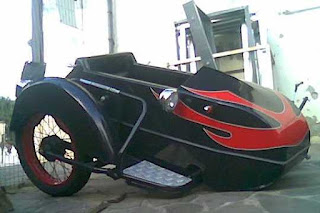
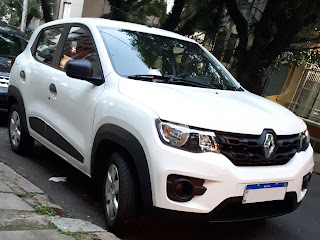

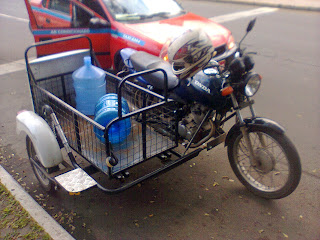

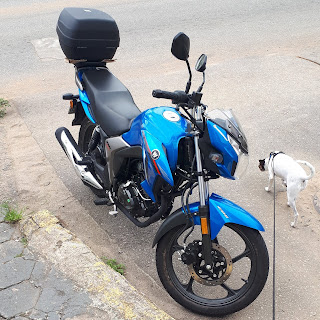
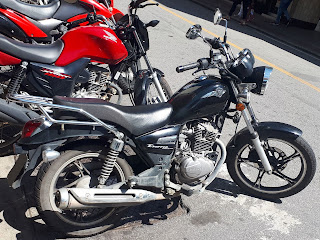
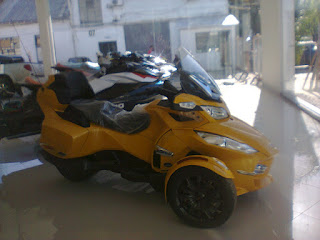


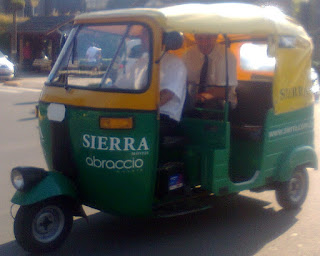


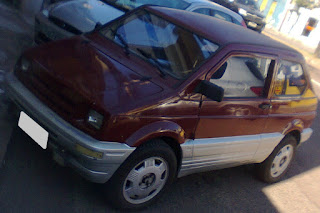


No comments:
Post a Comment
Only comments written in English are published. Not so rigid about the grammar, but some regional slang should be avoided to make it clear and easily understandable.